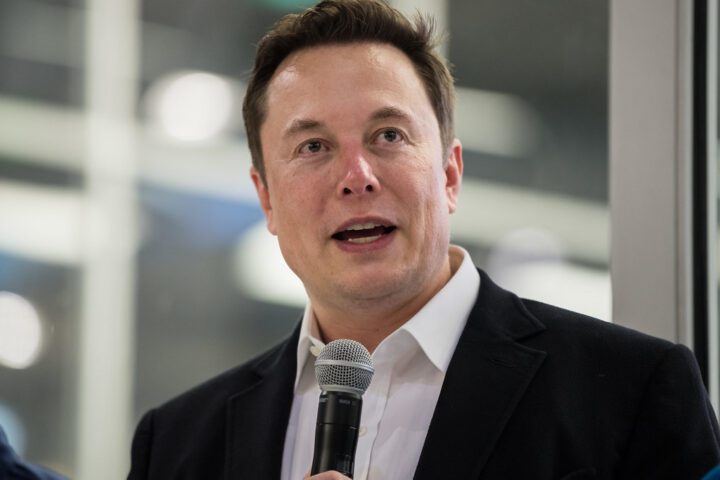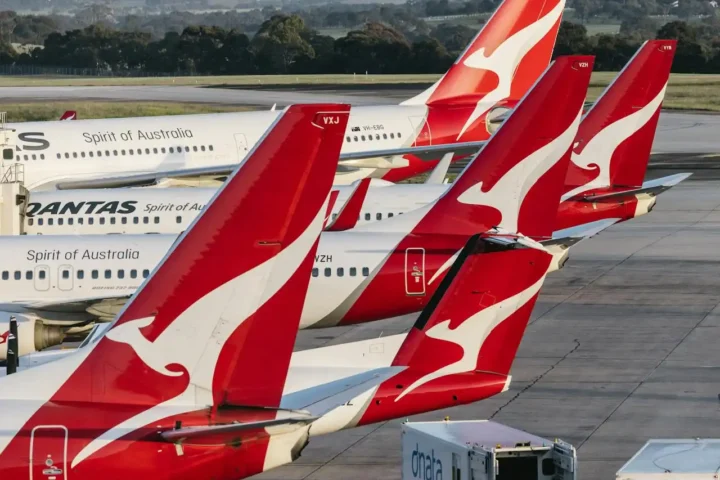JLR posted its best profit in ten years – £2.5 billion before tax for fiscal year 2025 – but faces tough choices about its US market strategy as new tariffs reshape the auto industry landscape.
The company’s strong performance includes £875 million in Q4 profit, marking its tenth straight profitable quarter. The results came from robust sales of premium models, with the Defender reaching 115,404 units and Range Rover Sport sales rising 19.7%.
Yet the recent US-UK trade agreement presents a mixed bag for JLR. While reducing tariffs from 27.5% to 10% on UK-built cars, it caps benefits at 100,000 vehicles annually. Models like the Slovakia-built Defender still face the higher tariff rate.
Similar Posts
“We had and currently have no cause to build cars in the US at this time, but we cannot discount that it could be the case at some point,” said JLR CEO Adrian Mardell.
The US market makes up about 25% of JLR’s global sales, with North American sales hitting 129,000 units last year. After briefly pausing US shipments when the initial tariffs were announced in April 2025, JLR resumed them following the new trade deal.
P.B. Balaji, Tata Motors Group CFO, wants more clarity on the agreement’s details, including timing and parts regulations. The company plans to update profit targets at its upcoming investor meeting.
The tariff situation affects the whole luxury car sector. Bentley CEO Frank-Steffen Walliser described immediate sales impacts: “The worst thing that can happen to a running business is the announcement of lower tariffs. It means all your customers say ‘I won’t buy a car now.'”

JLR’s financial position remains solid, with £278 million net cash and £4.6 billion cash reserves. Free cash flow reached £1.5 billion in FY25, while revenue stayed flat at £29 billion despite a 1.7% drop in Q4.
The India-UK trade talks may help offset US challenges, with discussions of potentially reducing Indian import duties from over 100% to 10% on UK-built vehicles. For JLR, maintaining its 8.5% full-year and 10.7% Q4 profit margins while managing these trade shifts requires careful planning. The outcomes of both US and Indian trade agreements will shape its manufacturing and export strategies in key markets.


















